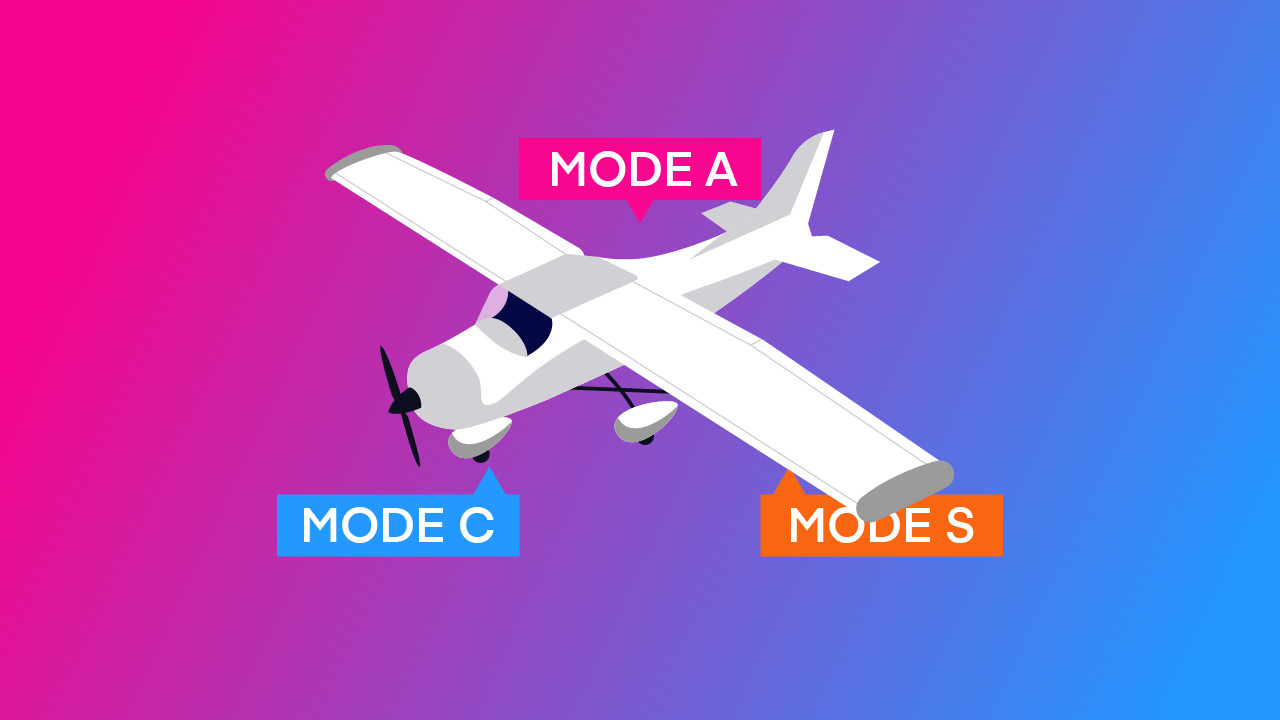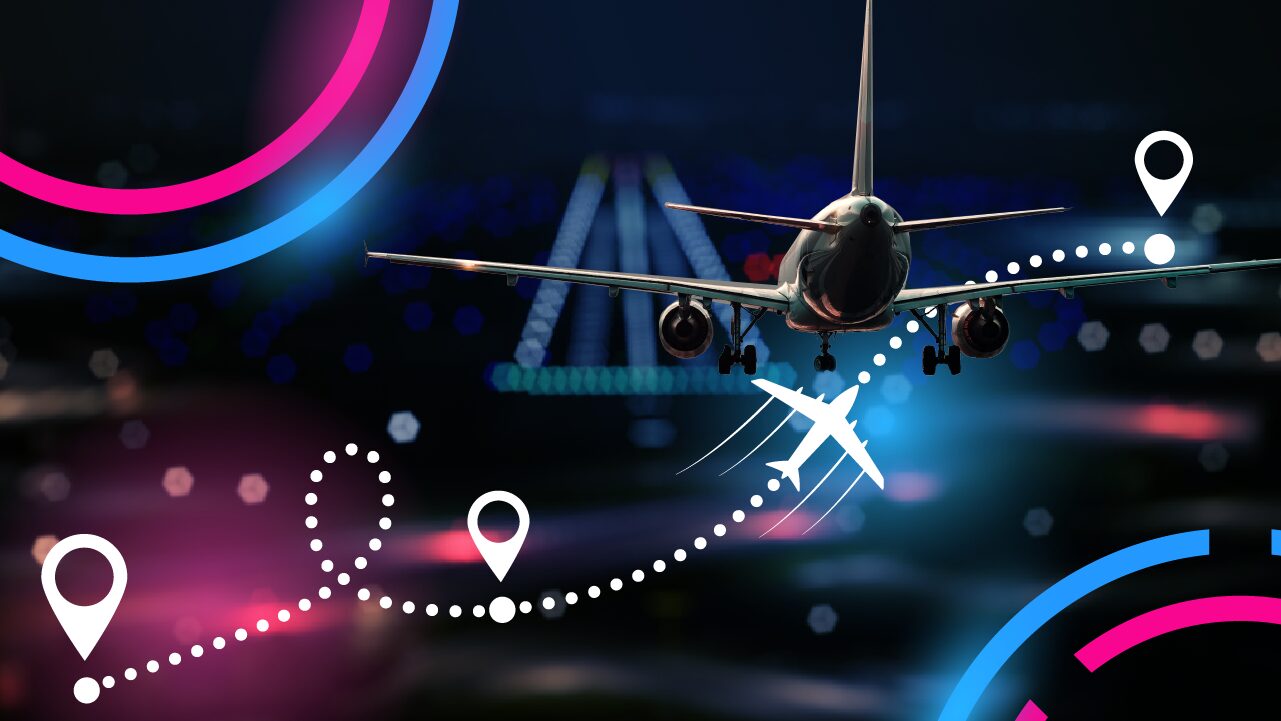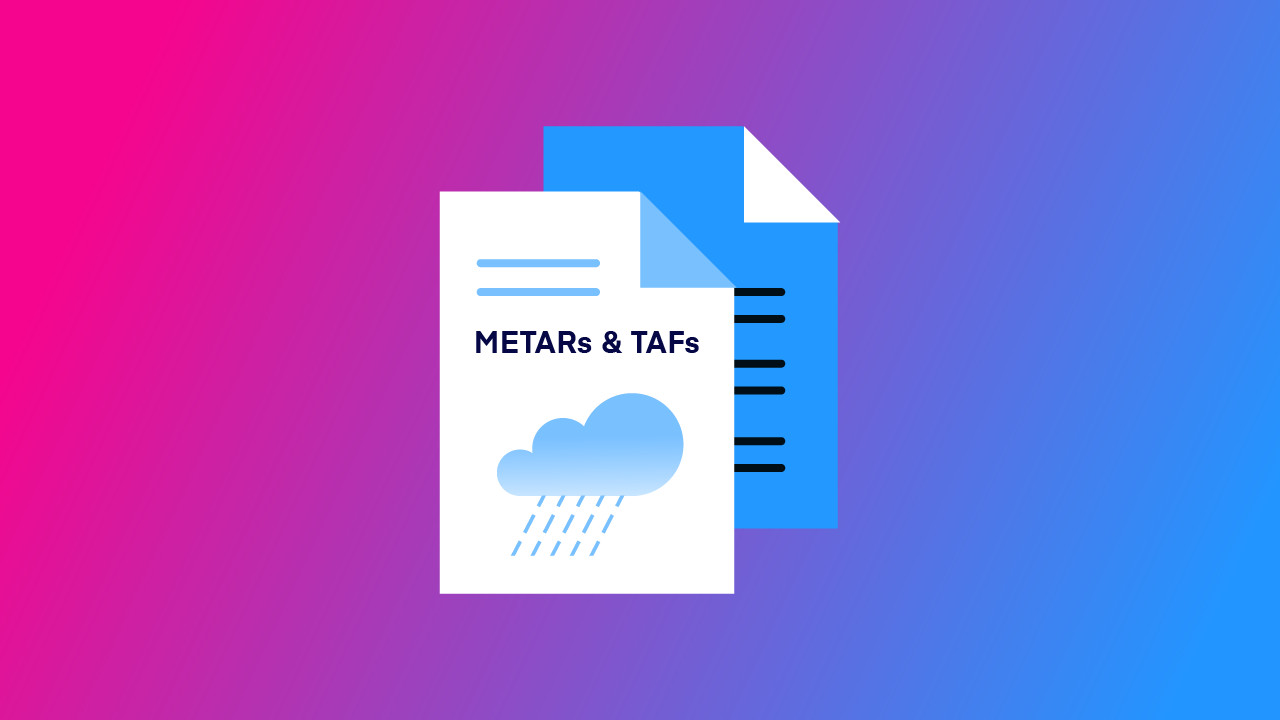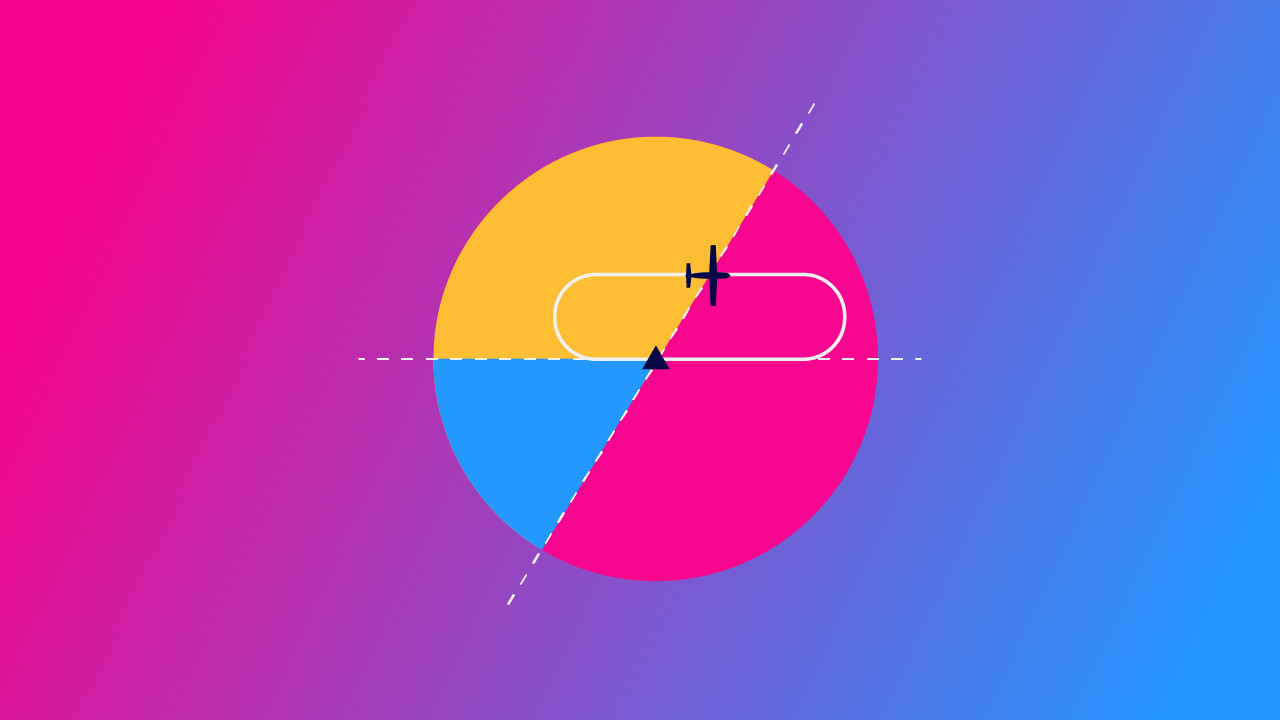-
Key Takeaways
-
What Is a Transponder in an Aircraft?
-
What Are Transponders Used For?
-
What Are the Three Types of Transponders?
- Mode A Transponders
- Mode C Transponders
- Mode S Transponders
-
What Are the FAA Requirements for a Transponder?
- When Must an Aircraft Have a Transponder?
-
What Are the Transponder Requirements for Different Classes of Airspace?
-
What Are the Transponder Equipment Requirements?
-
Do You Need a Transponder with ADS-B Out?
- ADS-B Out Requirements Summary
-
Where Can I Find More Information about Transponder Requirements?
-
Conclusion
The Federal Aviation Administration (FAA) has rules to keep air travel safe, and one big part of that is making sure airplanes have the right transponders. Transponders are an important part of an aircraft’s avionics system and help with tracking and safety.
Let’s break it all down—what transponders are, how they’re used, and the rules pilots need to follow.
Key Takeaways
- Transponders aid ATC, safety, and tracking.
- Modes: A (ID), C (altitude), S (enhanced data).
- Required in most controlled airspace and above 10,000 ft MSL.
- Governed by FAA 14 CFR § 91.215.
- Mode S transponders can integrate with ADS-B for enhanced capabilities.
What Is a Transponder in an Aircraft?
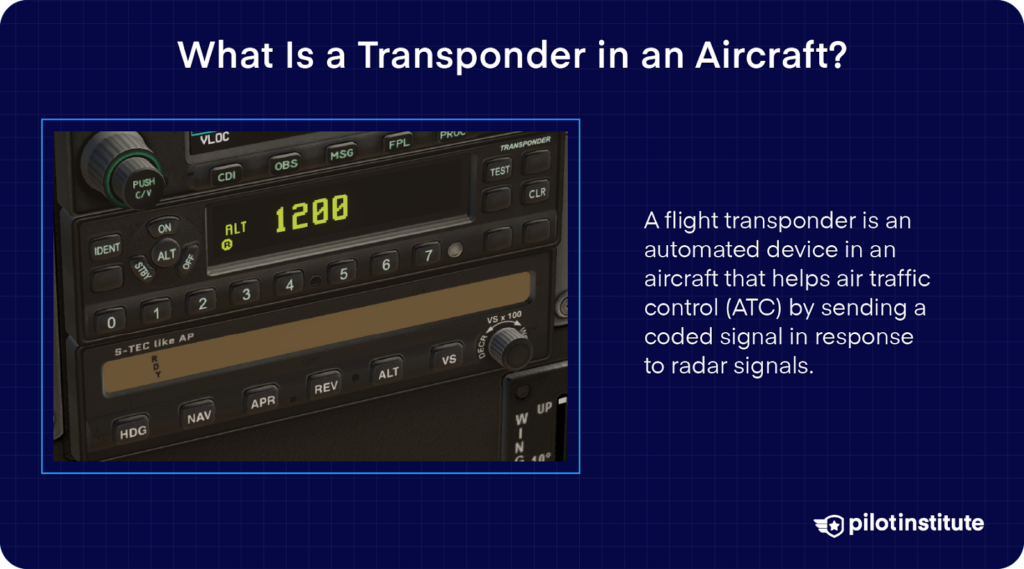
A transponder is an electronic device that transmits a signal in response to a specific type of incoming signal (known as an interrogation).
If you’re flying, your transponder shares important details like your altitude, speed, and identification with Air Traffic Control (ATC). ATC assigns your aircraft a special code, called a “squawk” code, to identify it.
This allows ATC to use the signals transmitted by the aircraft’s transponder to track the aircraft’s location and ensure that it remains safely separated from other aircraft in the airspace.
What Are Transponders Used For?
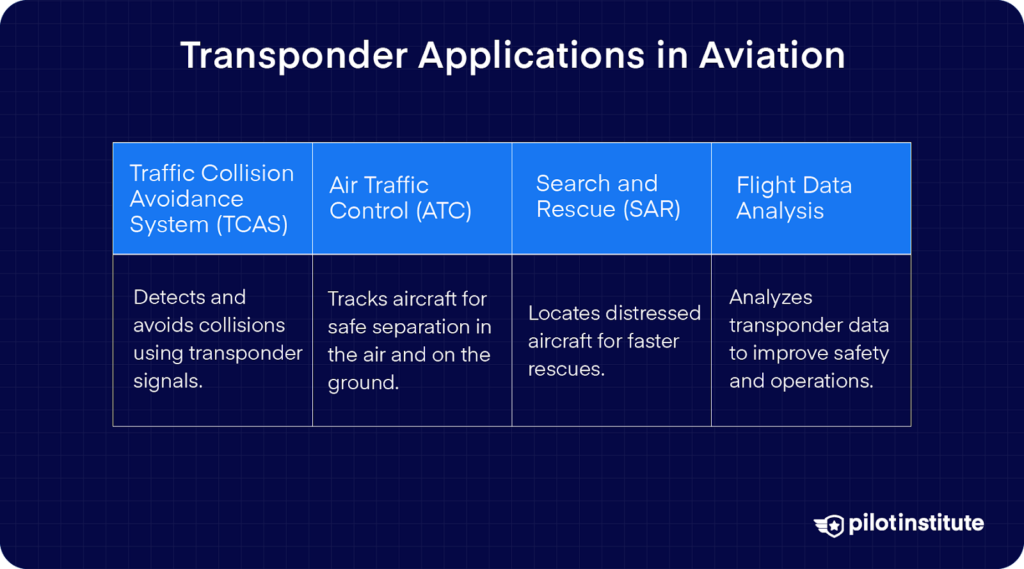
There are a variety of purposes transponders are used, such as:
- Traffic Collision Avoidance System (TCAS): TCAS is a safety system that uses transponder signals to detect and avoid potential collisions with other aircraft.
- Air Traffic Control (ATC): ATC uses transponder signals to track aircraft and ensure safe separation between them both in flight and on the ground.
- Search and Rescue (SAR): Transponder signals can be used to locate aircraft in distress, allowing for faster response times and better rescue outcomes.
- Flight Data Analysis: Transponder data can be used to analyze flight data and identify potential safety issues or operational improvements.
What Are the Three Types of Transponders?
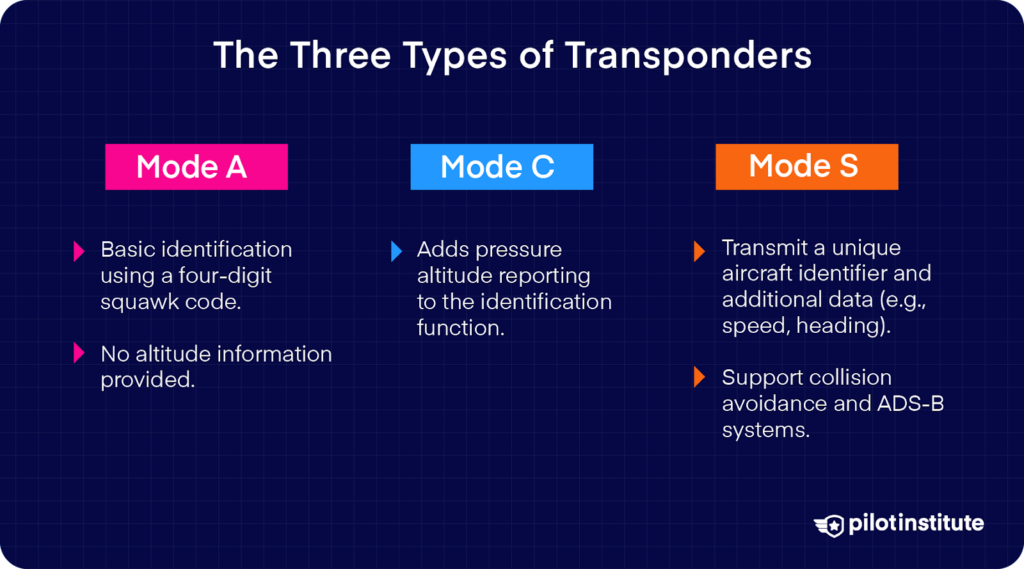
There are three types of transponder modes commonly used in aircraft:
- Mode A
- Mode C
- Mode S
Mode A Transponders
Mode A is the oldest and most basic type of transponder mode. It was developed in the 1940s and transmits a four-digit code to ATC radar systems.
The code is manually set by the pilot using a selector switch in the cockpit.
Mode A transponders do not provide altitude information and are primarily used for identification purposes (because they only transmit a code).
Mode C Transponders
These transponders transmit both the four-digit code and the aircraft’s altitude or flight level to ATC radar systems.
The altitude information is obtained from an altitude encoder, which is a separate piece of equipment that is typically installed in the aircraft’s avionics system. The altitude information allows ATC to accurately track the aircraft’s position.
Mode S Transponders
Mode S transponders were developed in the 1970s (and rolled out in the 1990s). The basic Mode S transponder transmits:
- A unique 24-bit aircraft address (like a digital fingerprint for your aircraft).
- Aircraft identification (flight number or registration).
- Altitude.
- A four-digit identity code (like Mode A/C transponders).
Various implementations of Mode S transponders exist. Some more advanced systems can transmit extended aircraft data like heading, airspeed, and vertical rate.
While many Mode S transponders today include ADS-B capability, this is not included by default. ADS-B (Automatic Dependent Surveillance-Broadcast) is a separate function that works alongside the transponder’s basic operation.
When an aircraft has both a Mode S transponder and ADS-B Out equipment:
- It broadcasts its precise position and velocity from GPS.
- This data helps air traffic control track aircraft more accurately.
If the aircraft also has ADS-B In equipment, it can receive the following:
- Weather updates (FIS-B)
- Traffic information (TIS-B)
- Position reports from nearby aircraft
This relationship between Mode S and ADS-B is important because in many areas where a Mode C transponder is required, ADS-B Out is also required.
What Are the FAA Requirements for a Transponder?
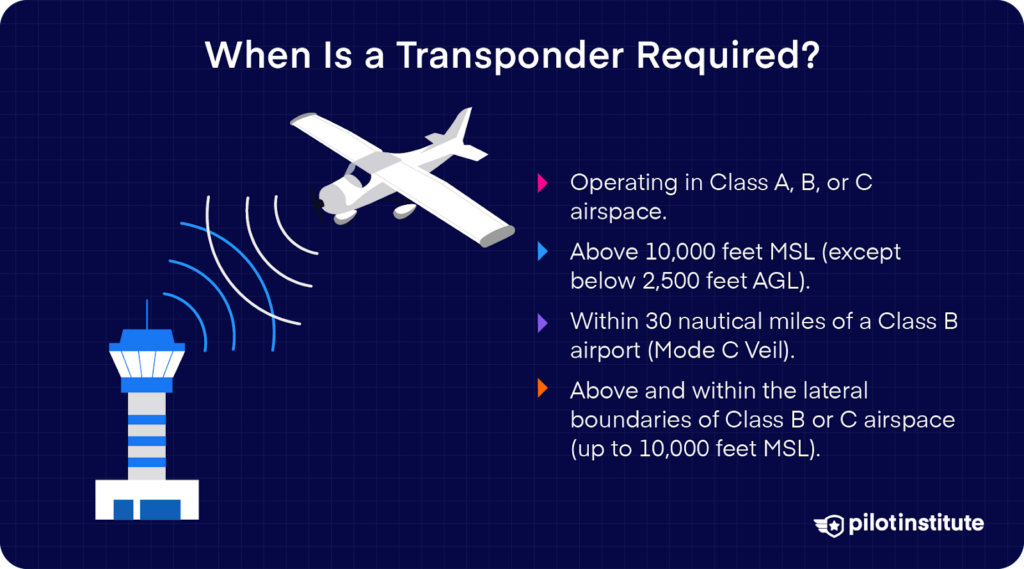
The FAA has established strict regulations regarding transponders to ensure the safety of air travel.
These regulations are outlined in 14 CFR § 91.215. Let’s break the requirements down in detail.
When Must an Aircraft Have a Transponder?
A transponder is not required unless an aircraft is operating:
- In Class A, Class B, or Class C airspace.
- Above 10,000 feet Mean Sea Level (MSL), excluding airspace below 2,500 feet Above Ground Level (AGL).
- Within a 30 nautical mile radius of the relevant primary airport in class B airspace (This 30 nautical mile area is known as the “Mode C Veil”).
- Above, and within the lateral boundaries of Class B or Class C airspace up to 10,000 feet MSL.
What Are the Transponder Requirements for Different Classes of Airspace?

Different classes of airspace have different transponder requirements. Here’s a breakdown:
- Class A, B, and C airspace: All aircraft must be equipped with an operable Mode C transponder.
- Class D airspace: No transponder is required unless otherwise specified by ATC (Pilots only require two-way radio communication in this class of airspace).
- Class E airspace: Transponder requirements vary depending on the altitude of the aircraft:
- Below 10,000 feet MSL (mean sea level): A transponder is not required unless the aircraft is within 30 nautical miles of a Class B airport.
- At or above 10,000 feet MSL: A transponder with altitude reporting capability is required.
What Are the Transponder Equipment Requirements?
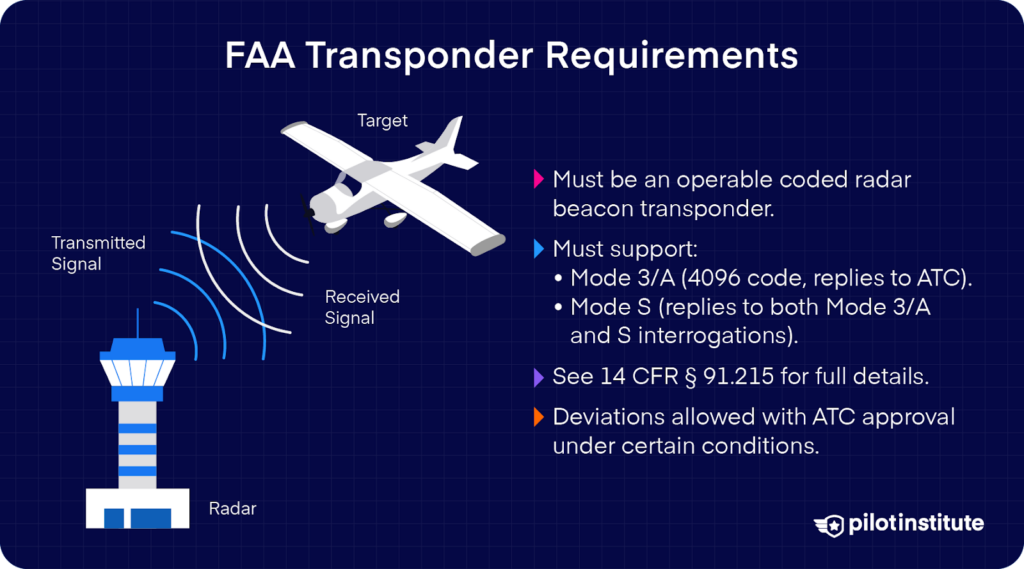
In addition to the airspace and altitude requirements, the FAA also has specific equipment requirements for transponders.
The transponder must:
- Be an ‘operable coded radar beacon transponder’; and
- Either have:
- Mode 3/A 4096 code capability, replying to Mode 3/A interrogations with the code specified by ATC; or
- Mode S capability, replying to Mode 3/A interrogations with the code specified by ATC and Mode S interrogations
Please see 14 CFR § 91.215 for the complete requirements. You are allowed to deviate from the provisions with approval from the ATC under certain conditions.
Do You Need a Transponder with ADS-B Out?
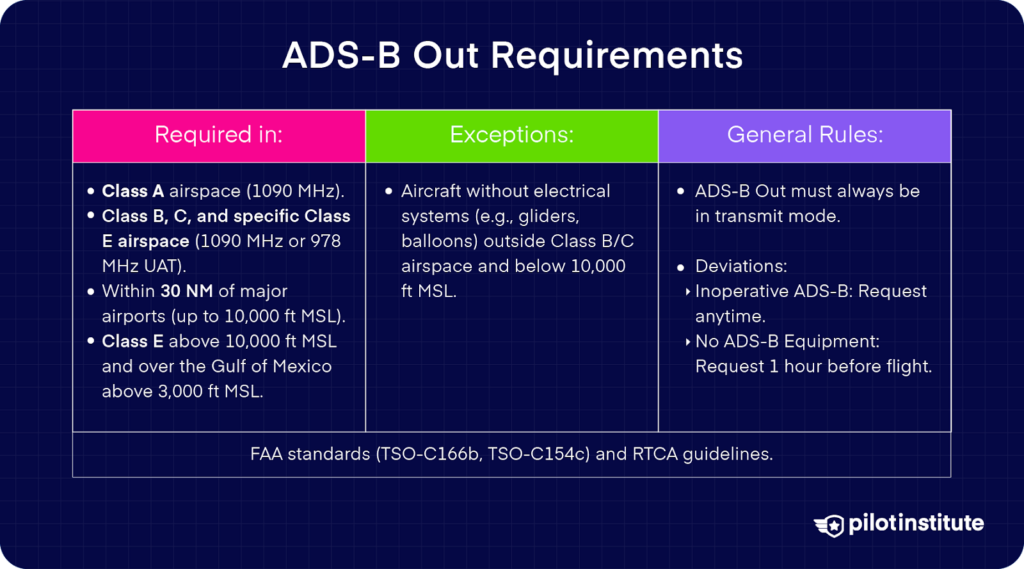
Yes, even with ADS-B Out, you may still need a transponder, depending on the airspace. ADS-B Out is not a replacement for a transponder but works alongside it in certain situations.
ADS-B Out Requirements Summary
Where ADS-B Out is Required:
- Class A airspace (1090 MHz).
- Class B, C, and specific Class E airspace (1090 MHz or 978 MHz UAT).
- Within 30 NM of major airports (up to 10,000 ft MSL).
- Class E airspace above 10,000 ft MSL and over the Gulf of Mexico above 3,000 ft MSL.
Exceptions:
- Aircraft without electrical systems (e.g., gliders, balloons) can operate outside Class B/C airspace and below 10,000 ft MSL.
General Rules:
- ADS-B Out must be in transmit mode at all times.
- Requests for deviations:
- Inoperative ADS-B: Request anytime.
- No ADS-B Equipment: Request at least 1 hour before flight.
Reference Materials:
- Technical standards (TSO-C166b, TSO-C154c) and RTCA guidelines available through FAA and RTCA websites.
Where Can I Find More Information about Transponder Requirements?
The FAA’s website is a great place to start for information about transponder requirements.
You can search for information by topic, such as “transponders,” or by regulation, such as “14 CFR § 91.215” The FAA also publishes Advisory Circulars (ACs) that provide guidance on specific topics related to aviation, including transponders.
Conclusion
It is important to make sure that you have a solid understanding of transponder requirements and how to operate your aircraft’s transponder.
Failure to comply with these requirements can result in serious consequences, including loss of your pilot’s license and penalties.
Take the time to know these systems thoroughly and be the best pilot you can be.
